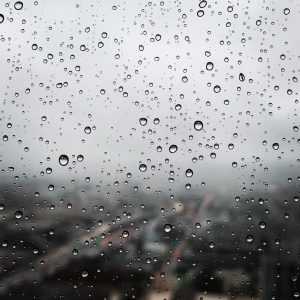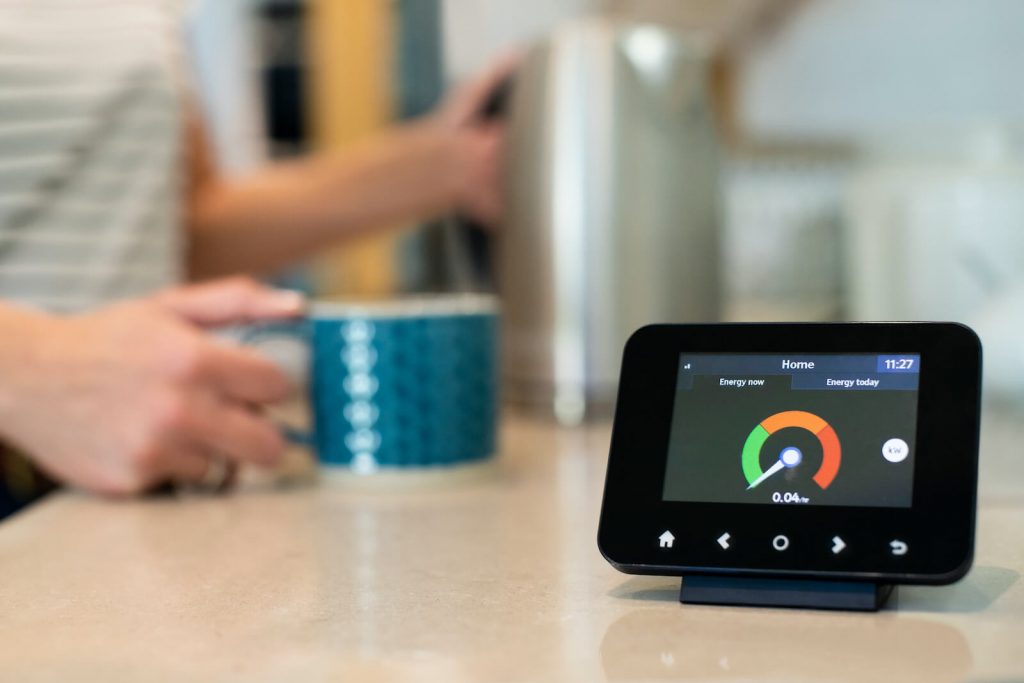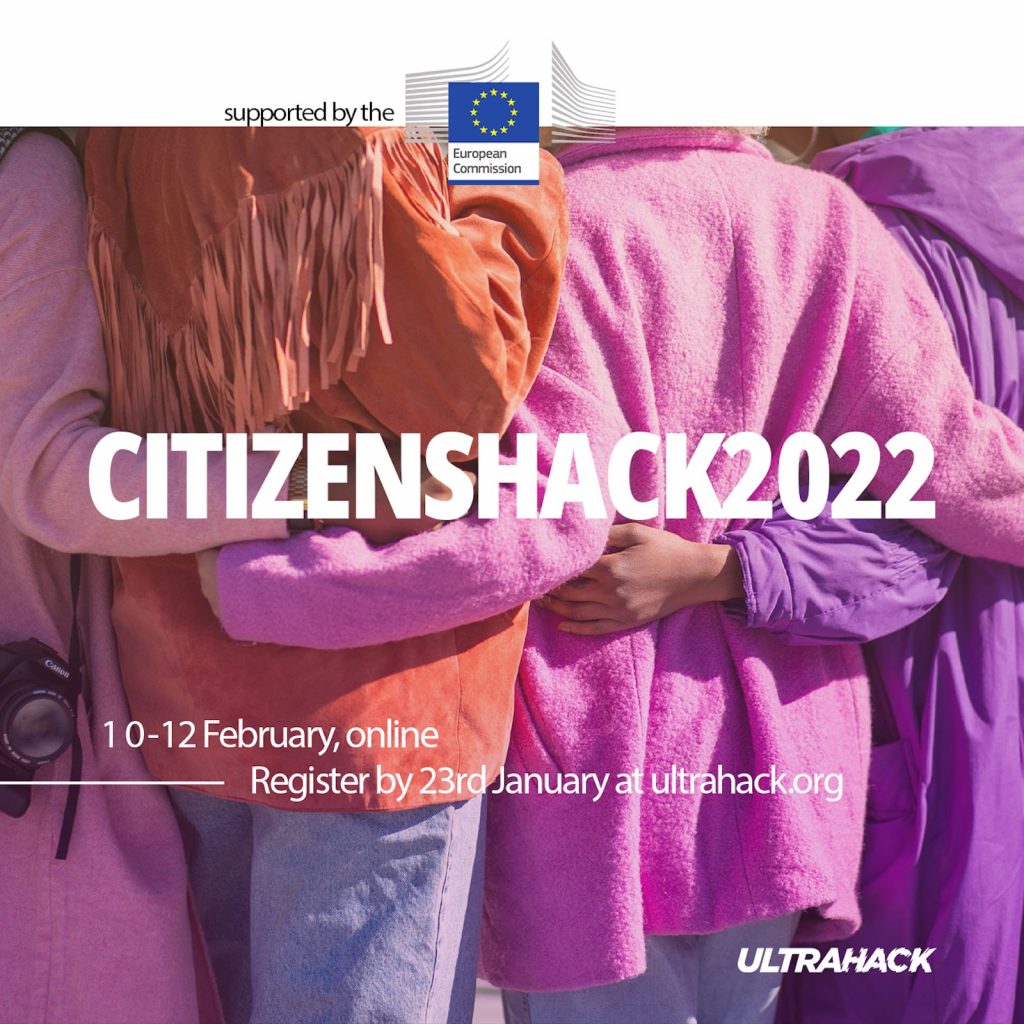Students build the pluviometer in their science class, where “they also learn about geographics, climate change or data,” says Jasmin Wellens, Project leader in innovation and digitalisation at the City of Roeselare. “Then, they take these pluviometers home and gather the rain data they can see in the dashboard on their laptops,” she adds. That’s how 12 and 13-year-old students learn how much rain has fallen and how to measure the temperature.
 “When they have mathematics, for example, they use just the data from a book, but when they can use their own data, it’s much more fun,” says Wellens. That data is also used in statistics lessons, but its implementation can go beyond that. Agriculture is one of the most significant economic sectors in Roeselare. Still, Wellens explains that “we suffer from climate change because in summer we have very long dry periods while in the winter sometimes we have floods.” She concludes that “to have more insights into this water rainfall to make more evidence-based policy decisions” and better planning is essential.
“When they have mathematics, for example, they use just the data from a book, but when they can use their own data, it’s much more fun,” says Wellens. That data is also used in statistics lessons, but its implementation can go beyond that. Agriculture is one of the most significant economic sectors in Roeselare. Still, Wellens explains that “we suffer from climate change because in summer we have very long dry periods while in the winter sometimes we have floods.” She concludes that “to have more insights into this water rainfall to make more evidence-based policy decisions” and better planning is essential.
To achieve these objectives, the Roeselare city council has worked with several partners in this initiative. One of them, the University of Applied Sciences, developed the package of the digital preview meter. Along with a private company, it created packages for teachers so that they can just open a book and have all the information on how to build the pluviometer, but also how to explain it in the classroom.
This initiative made the Flemish government award “The Smart in the City” prize to the citizen science project Smartwaterland. Wellens would like to invest the grant in transforming the pilot into a bigger experiment by trying it out in different schools in the city, “or maybe even in other cities in the region,” she says.
Smartwaterland was the first citizen science project coordinated by the city council in collaboration with other partners. Through the CitiMeasure pilot, the city aimed to boost the project’s potential in two main areas: communication and impact evaluation. “Together with Jasmien, we selected key recommendations from the CitiMeasure Behaviour & Policy guidelines. These recommendations were then used to shape a communication plan to disseminate Smartwaterland” says Mohammad Gharesifard, the Project Coordinator of CitiMeasure. “We also used external sources from other well-known projects to identify areas where the project was most impactful to design a monitoring and evaluation framework” he concludes.
Citizen measurement (or citizen science) initiatives contribute to a sustainable transition in European cities. Using an array of tools and instruments, citizens can play a role in measuring and monitoring indicators on air quality, temperature, soil moisture, biodiversity, or risk management, among other environmental areas.
Smartwaterland is one of the three CitiMeasure pilot case studies.




